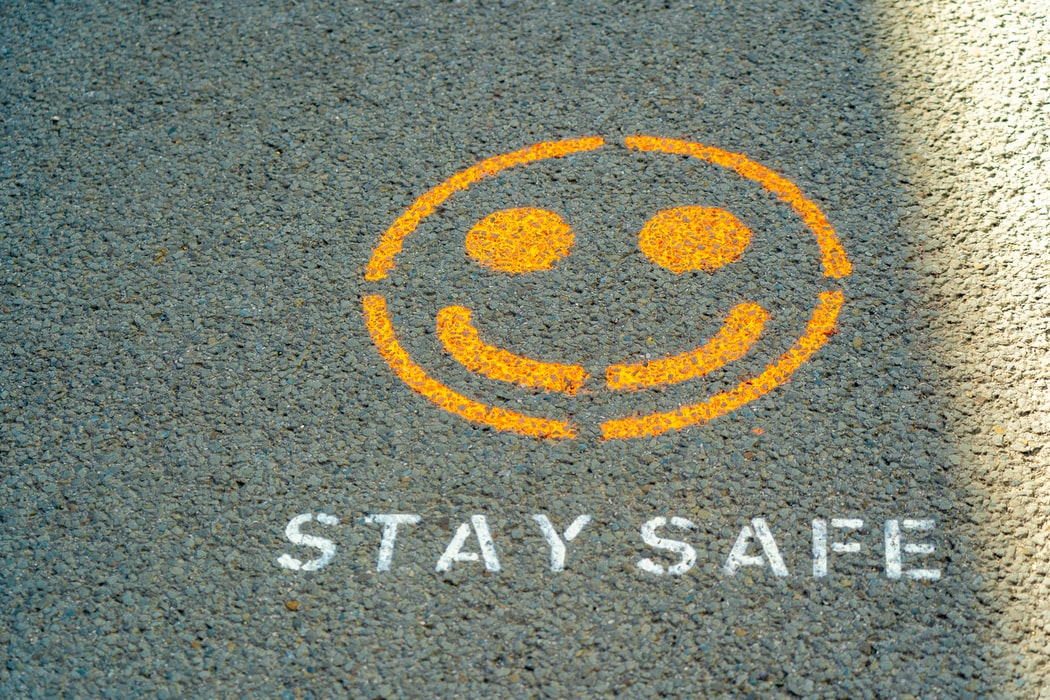BLOG
HSE annual statistics 2020/21 | The impact of COVID-19
Written on 16 December 2021

The Health and Safety Executive (HSE) has today released its annual summary statistics for Great Britain in 2020/21. The report, which is usually published in November but was delayed due to disruption with data availability caused by the pandemic, provides updated statistics covering work-related ill health, injury and enforcement.
This year’s report also contains estimates of work-related ill-health attributed to the coronavirus pandemic and work-related COVID-19 attributed directly to exposures at work.
So what does it tell us about the current state of workplace health and safety in the UK?
Ill health
The overall number of work-related ill health cases has increased from 1.6 million to year on year. While this represents a marginal rise of 6.25%, this figure comprises 850,000 new cases, compared to 638,000 new cases in 2019/20.
Perhaps unsurprisingly, stress, depression or anxiety remains the leading cause, with 451,000 new cases this year compared to last year’s 347,000. The HSE attributes this to the effects of the coronavirus pandemic on people’s wellbeing, which it says were “found to be a major contributory factor”.
Nick Wilson, Director of Health & Safety Services at WorkNest, says: “Although the total figure has ‘only’ gone up by 100,000, a year-on-year increase in cases of stress of 114,000 is significant. This may well be due to increased homeworking, which we know can blur boundaries between people’s personal life and work, thereby increasing the potential for people to become overwhelmed, overworked and burned out. However, we can only speculate.
Meanwhile, cases of the second highest cause of work-related ill health, musculoskeletal disorders, are also down overall (from 480,000 to 470,000), though there were 162,000 new cases, 10,000 more than the previous year.
“The figures regarding MSDs aren’t surprising as they are generally static”, Nick explains.
The impact of coronavirus
This year, the HSE developed two new measures to explore the impact of coronavirus on work-related ill health in 2020/21.
The headline figure is that 93,000 workers were suffering from COVID-19 in 2020/21 which they believe may have been from exposure to the virus at work (new or longstanding). In total, 645,000 workers were suffering from a work-related illness caused or made worse by the effects of the pandemic, with stress, anxiety and depression making up 70% of these cases.
In terms of most-affected sectors, around 20% of those suffering from COVID-related ill health were in human health and social work activities. Other sectors with higher than average rates of COVID-related ill health include public administration/defence and education.
Nick Wilson says these statistics are “interesting but ultimately may not be accurate.” He explains: “These statistics are based on self-reports, and while people may believe they caught COVID at work, it’s often impossible to say for sure.”
Indeed, the HSE admits that “reliably identifying the source of exposure for COVID-19… is difficult and self-reports may under- or overestimate the true scale”.
Additionally, some may argue that, taking COVID out of the equation, the overall number of people suffering from work-related ill health may be much lower. However, the HSE says COVID-related ill health estimates “should not be subtracted from the overall estimate of work-related ill health” as “we cannot assume that those individuals would not have otherwise suffered a work-related illness in the absence of coronavirus”.

Injuries
Turning to injuries, the report reveals that the total number of work-related non-fatal injuries has fallen by 36%, from 693,000 to 441,000. This is unsurprising given ongoing COVID restrictions and the vast numbers of people working from home throughout this time.
Even so, the report shows that the rate of non-fatal injury per 100,000 workers – a more objective measure which gives us a better indication of overall progress – has indeed gone down. There was a general decline in work-related non-fatal injuries prior to the pandemic, and the rate fell further (and even more sharply) in 2020/21.
Nick Wilson says this year’s figures are “encouraging” but “should not distract employers from traditional hazards”. He elaborates: “In order to continue making progress in driving down injury rates, employers must remain committed to managing all workplace hazards in the year ahead, not just COVID-19. Don’t take your eye off the ball.”
Common causes of non-fatal injuries at work remain the same as previous years, with slips, trips or falls continuing to be the highest contributor (accounting for a third of all non-fatal injuries), followed by handling, lifting and carrying (18%) and being struck by a moving object (10%).
The sectors with higher than average injury rates remain the same as in recent years: agriculture, forestry and fishing; construction; accommodation/food service activities; and wholesale/retail trade; repair of motor vehicles.
Fatal injuries
On a more worrying note, the report reveals that there were 142 work-related fatalities in 2020/21, confirming provisional data reported in the HSE’s annual fatal injury statistics earlier this year.
This represents a sharp increase on the 111 deaths recorded the previous year; however, the HSE suggested at the time that this low figure may have been a COVID-related anomaly. Whether COVID really did play a factor is up for debate – you can read our analysis here.
Ultimately, standardising the figures shows a greater percentage increase in fatalities between 2019/20 and 2020/21 of 40%, which does give cause for concern. In fact, while the UK consistently has one of the lowest rates of fatal injury across the EU, Germany has this year overtaken the UK as the country with the fewest fatalities per 100,000 employees.
Enforcement
In regard to penalties for health and safety offences, there were notably fewer convictions in 2020/21 (185, compared to last year’s 325). The HSE also issued 59% fewer enforcement notices (2,929, down from 7,075).
The HSE again cited the impact of the pandemic, saying: “The restrictions imposed by the coronavirus pandemic has had an impact on the number of prosecutions and notices issued.”
Nick Wilson says: “These lower figures are reflective of fewer inspections being carried out due to COVID restrictions – employers shouldn’t take this to mean the threat of enforcement has diminished. In actual fact, while the total value of all fines has decreased from 2019/20, the average fine per case has increased from £107,000 to £145,000.”
Reflecting on the statistics as a whole, he concludes: “The coronavirus pandemic has impacted health and safety statistics, but to what extent is not entirely clear. What is clear however is that despite fewer people in work during the reporting period, we have experienced an increase in workplace fatalities, and some cases of ill health. All employers must take a proactive approach to health and safety in the year ahead.”
Related Content
WorkNest H&S: Meet your responsibilities, reduce risk
These statistics are a timely reminder of the importance of a safe, healthy workplace. If you could benefit from some extra support in the year ahead, WorkNest assigns named professionals to help your business proactively prevent accidents and ill health, stay compliant with all relevant regulations, and operate with peace of mind.
To find out more about our personalised, fixed-fee Health & Safety services, call 0345 226 8393 or request your free consultation using the button below.









